Despite 50 years of desegregation and other significant school change efforts, students from disenfranchised social groups in the United States continue to receive substandard K-12 education and have significantly less access to higher education and other valued social opportunities and resources. In particular, black males are more severely punished, placed in lower ability groups, and likely to drop out of school than their white counterparts.
Societal notions of black maleness have no boundaries, and public schools are natural laboratories where practices emerge to produce black males as overly angry and deviant even from an early age. This link between schooling and the incarceration of black males is historically grounded in slavery and articulated in the present as the continued exclusion of blacks from public life via the prison industrial complex. In turn, public education has become the ultimate disciplinarian of black male children and youth.
The educational and sociological research is replete with scholarship that suggests that African American males are more frequently targeted for disciplinary action in greater numbers. Research, for example, reveals that black pupils are statistically 2 to 5 times more likely to be suspended than their white counterparts. If the majority of school teachers come from middle-class and white communities, as the literature suggest that they do, wherein they have been racially primed to view blacks as the racial Other, it should be no surprise under these circumstances that black males are disciplined and punished for what they represent in contrast to what they actually do. Popular culture and media represent black males in general as overly criminal and the images of black males that most white teachers are familiar with are gained from these widespread cultural misrepresentations. These images [seem to] justify and facilitate the need to exercise more stringent school rules utilized by teachers to produce a context in which African American males are made to be "rule-breakers."
This context allows us to make sense of the disproportionate disciplinary practices in which African American males are subjected. Guided by racialized images, teachers use knowledge generated from discourses about African American male behavior drawn from media sources to make sense of and understand the context and individuals around them. Teachers then apply power to act on this knowledge as they go about enacting their teaching practices. For teachers and students, this convergence of knowledge and power then functions as a power differential for black males in that teachers discipline them to "normalize" their behavior. That is, in their respective roles, teachers monitor students' behavior by continually analyzing deviations from the codes of conduct generated by the white knowledge-power nexus. As part of the teachers' role, individualization works in that it produces systems of normalization in which black males are sorted, ranked and evaluated on the basis of their behavior in a system that demands conformity based on "objective" rules constructed from white norms and power structure.
Accordingly, other educational scholars suggest that most of the discipline that African Americans receive is often subjectively determined wrongdoings. For example, simple infractions such as certain movements of the eyes or head are often taken as monumental actions which leads to a cascade of events resulting in misunderstandings, hurt feelings and, ultimately, discipline. Such social interaction between black male students and their white teachers are mistakenly thought to be behavior problems requiring "attitude adjustments." Even clothing is a signifier of deviant behavior. Dress code is often most vigilant regarding boys' style of dress. At the same time, unwritten rules about attire often brand black males as gang members, making teachers all the more determined to control the environment of the school and their classrooms. This suggests that young black males are under surveillance and expected to make mistakes, which is evident in the public school system where African American boys overwhelming experience the brunt of disciplinary sanctions. Black male student relationships with their teachers are the first step toward the institutionalization of conforming behavior that emanates from the worldview and the social environment of white teachers.
Black males, youth in particular, experience anger and frustration on a routine basis. These racial slights that occur daily, often in the form of microaggressions, are confusing for youth and cause a myriad of emotions from pain and sadness to anger and self-hatred. For white America to demand our young black men to decipher the images they see and reactions they receive, and further, to expect them to conform to White perceptions is outright disingenuous, if not appalling, to say the least.
Additionally, the stresses of puberty while discovering one's social role are exacerbated in the African American male with the "psychological stresses of hypermasculinity, stereotyping of minority cultures, and the perception of 'otherness' in a predominantly white society," as Stuart Hall expressed. Scholars have identified important links between these stresses in young people and social phenomena including school alienation and academic underachievement, teen delinquency, teenage pregnancy, depression, suicide, homicide, and school violence. And as our young boys turn into African American men, these stresses have a consequence for their health and, ultimately, their future.
